The Holy Land, Palestine is the place where the three Abrahamic religions were born, diverged, and then intersected again throughout history. My trip there did not have a religious focus, but even so, I was impressed by the density of the religious landmarks and the devotion of the believers. Some of them – Palestinian residents who take pride in their rich, sacred history; some of them – pilgrims who travel from all corners of the world to walk, for just a few minutes, on the land where notable events of the Torah, Bible, or Qur’an took place.
This is far from being a comprehensive list of must-see religious places in Palestine, it is just a collection of personal experiences and the religious significance of the places I have visited.
Jericho
My first stop in Palestine was Jericho, famous for being home to the Mount of Temptation and the Monastery of Saints John and George of Choziba. The latter is an important pilgrimage site for Orthodox Christians. When I arrived, one vendor was casually offering his merchandise in Romanian, calling pilgrims’ attention to his collars, scarves, dates, and whatever else he was selling. This is how I found out that the site is popular with Romanian Orthodox Christians due to Saint John, the Romanian who lived, died, and found there his last resting place. Unfortunately, the site is not trouser-friendly. Even though I had a scarf to cover my head and I was overall modest, without a long skirt, I had the door shut in my face faster than I could say ‘hello’.
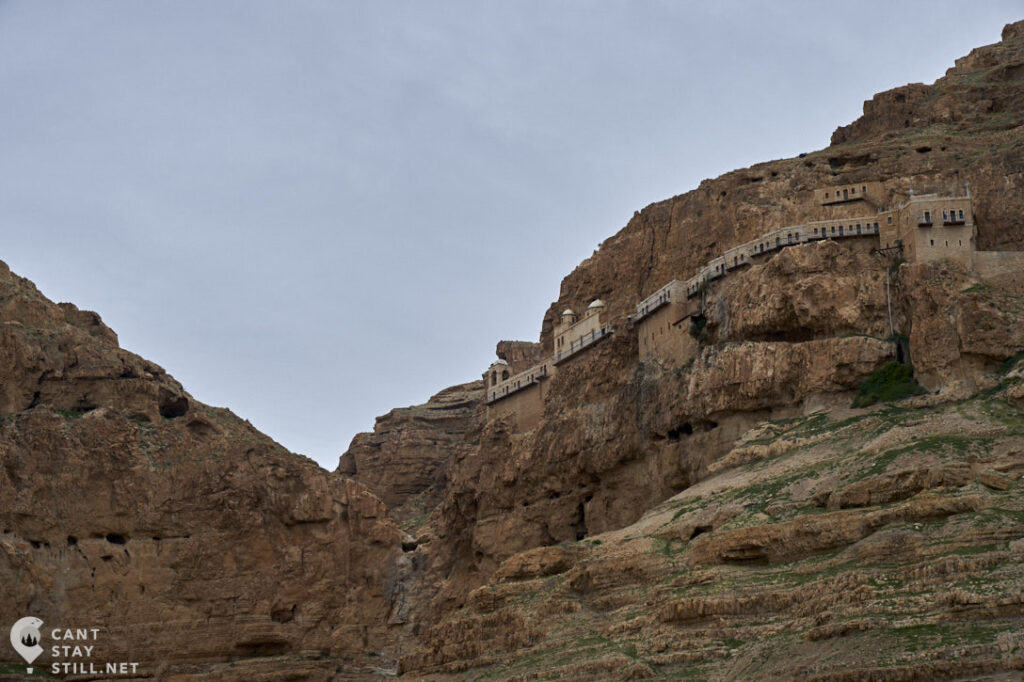
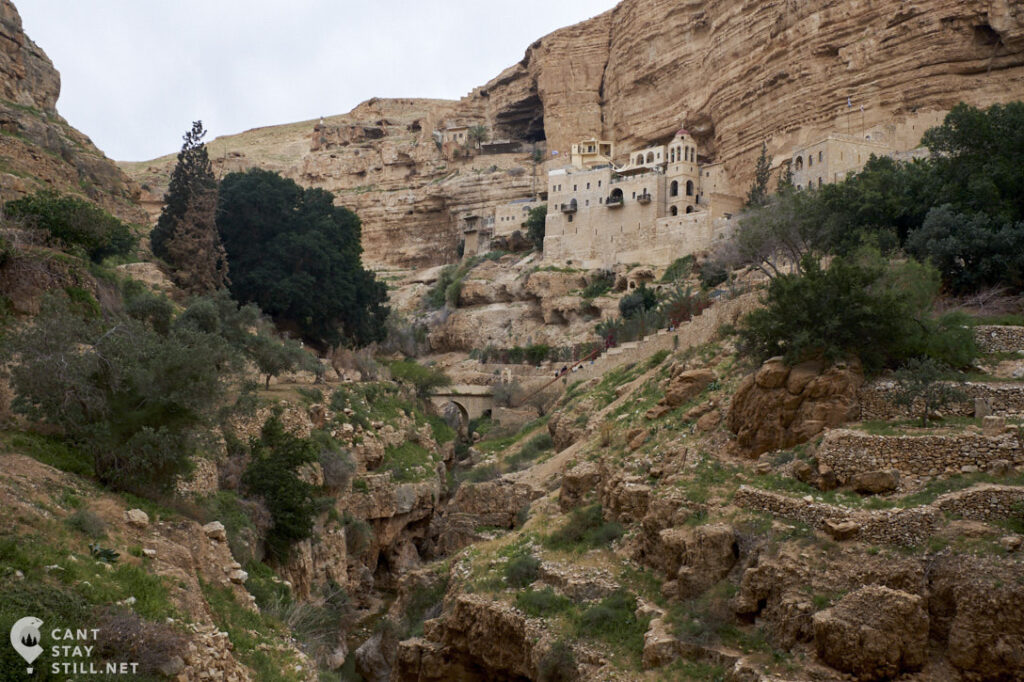
Nablus
While not as dense in religious sites as other parts of Palestine, Nablus is home to St. Photina Church. The church is well known for holding Jacob’s well, where Jesus met and converted a Samaritan woman. If you have issues finding the place, ask a local for Bi’r Ya’qub, which is the Arabic name for the Church (literally, Jacob’s well).
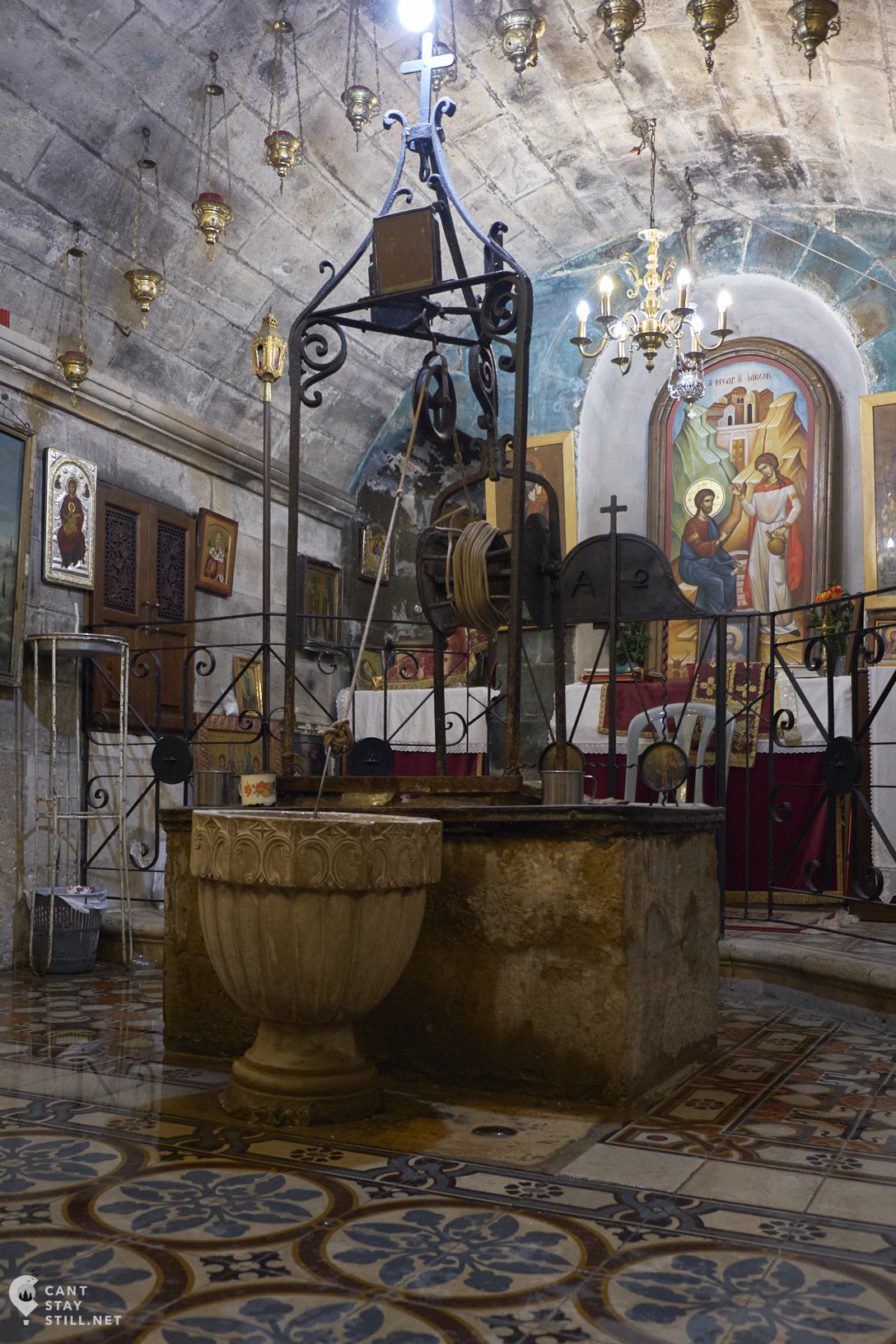
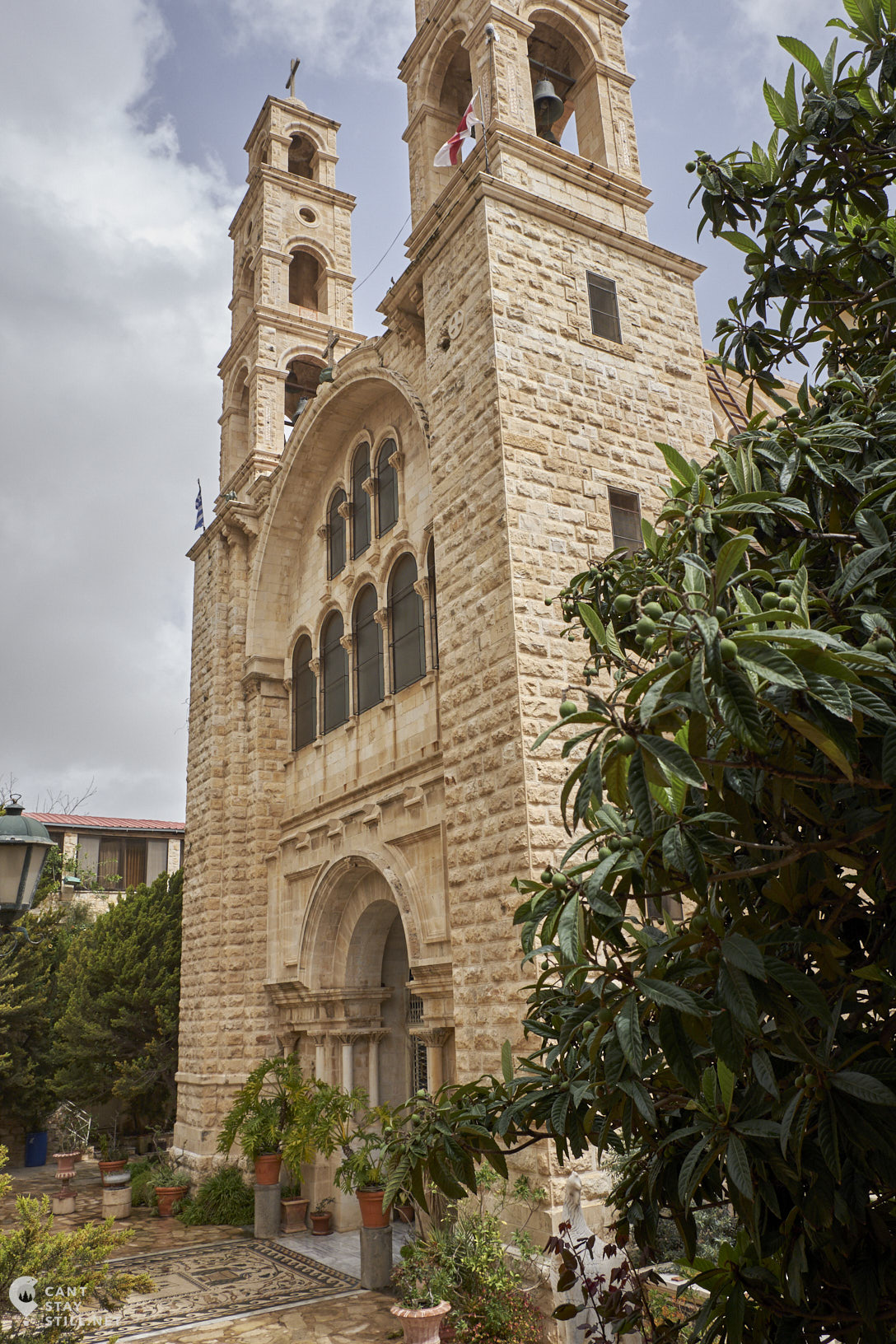
Hebron
Hebron (or Al Khalil in Arabic) is home to the Cave of the Patriarchs, a site that, just like Temple Mount in Jerusalem is important to both Jews and Muslims, being the burial site of Abraham and his wife Sarah, Abraham’s son Isaac and his wife Rebecca, their son Jacob and his wife Leah. It is also a place where Prophet Mohammed stopped during his night journey of Isra and Mi’raj to pay his respects to Abraham, establishing an important pilgrimage in Islam.
I was wearing the same trousers as in Jericho, but here I was received with Muslim hospitality and a young girl pointed out that I had to wear an abaya and came with me to show me where I can find the communal ones, so I can respectfully enjoy the site.
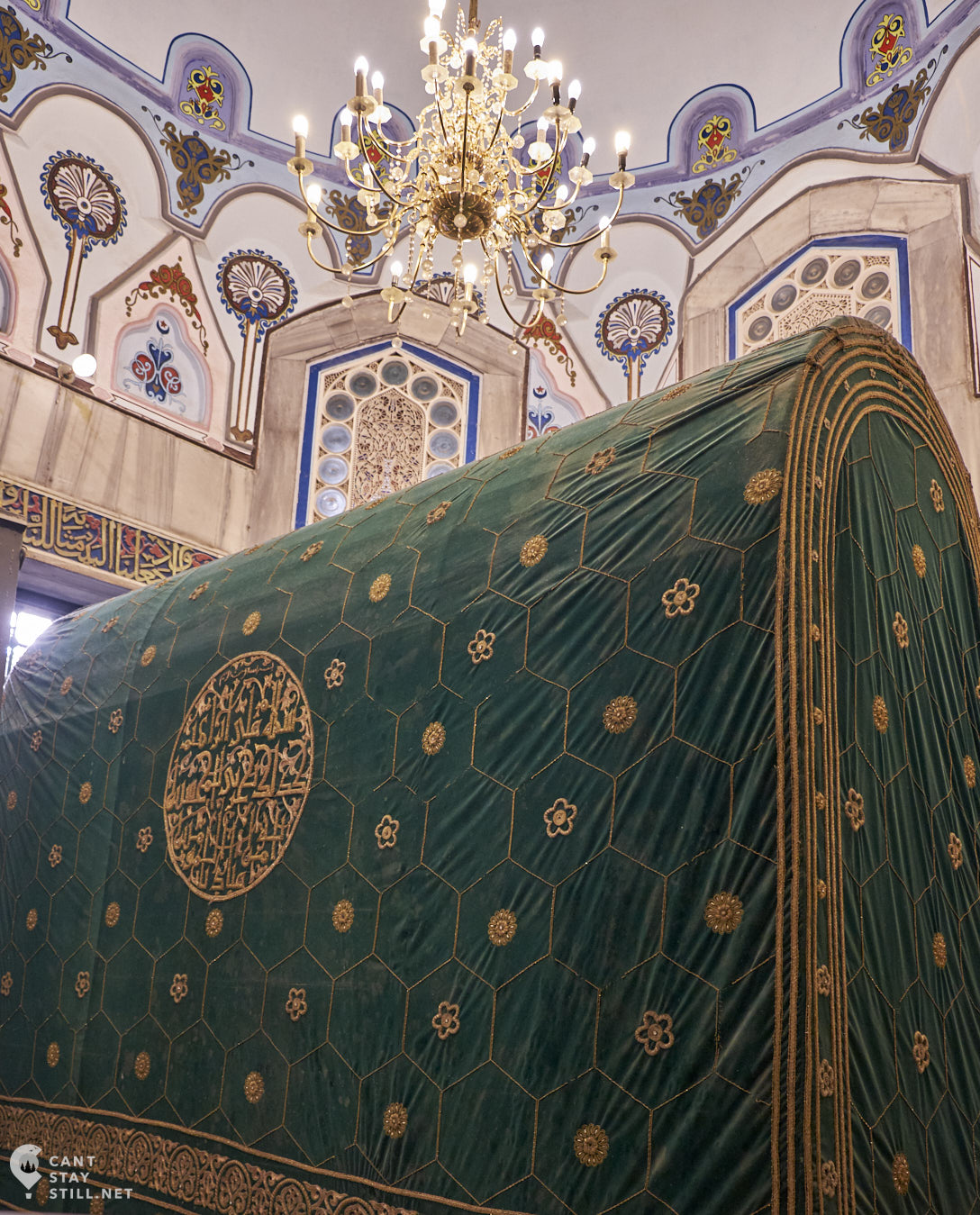
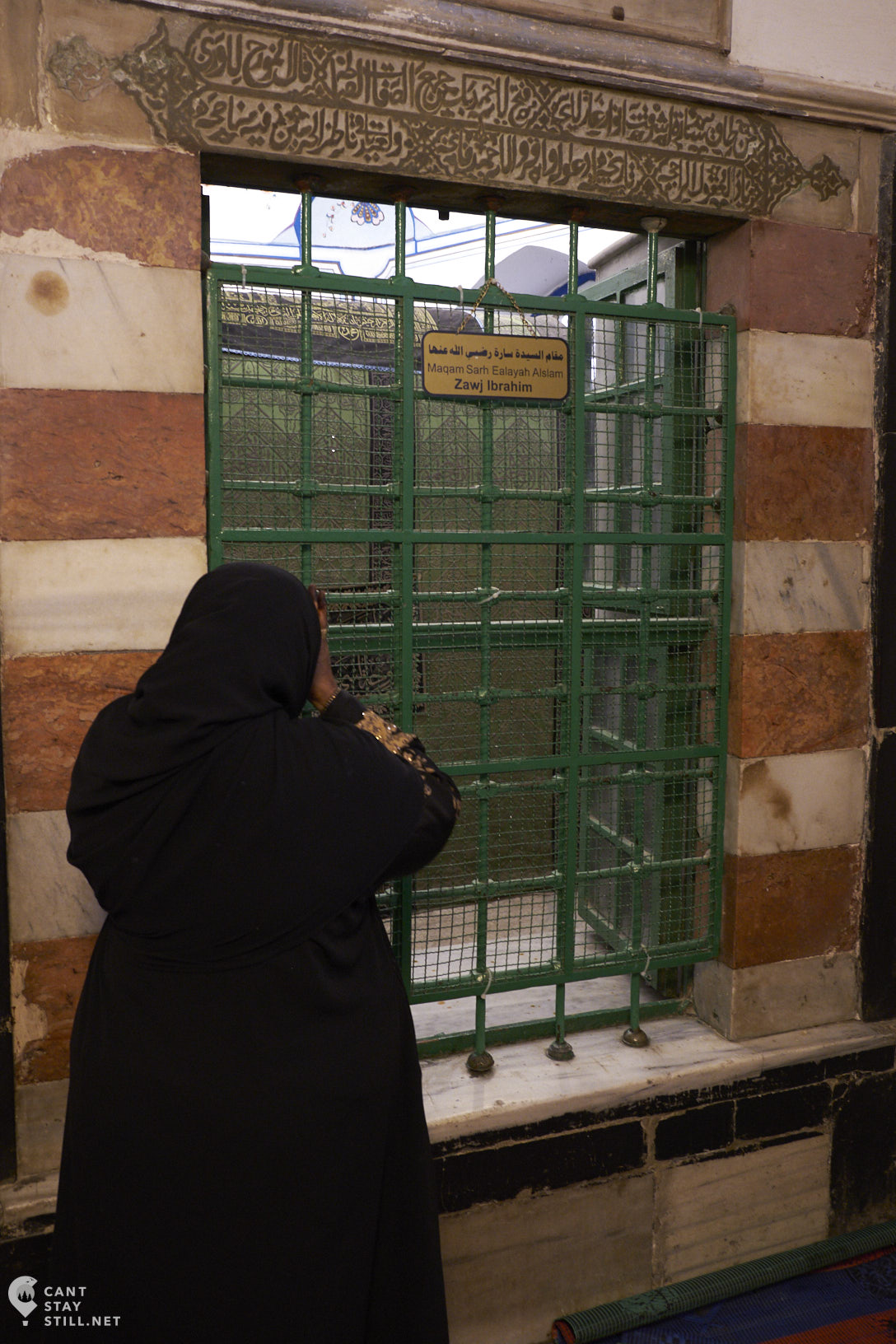
Bethlehem
The birthplace of Jesus doesn’t require any introduction, but it surprised me to see how nondescript the church is. Of course, this doesn’t take away any of the value it has to Christians.
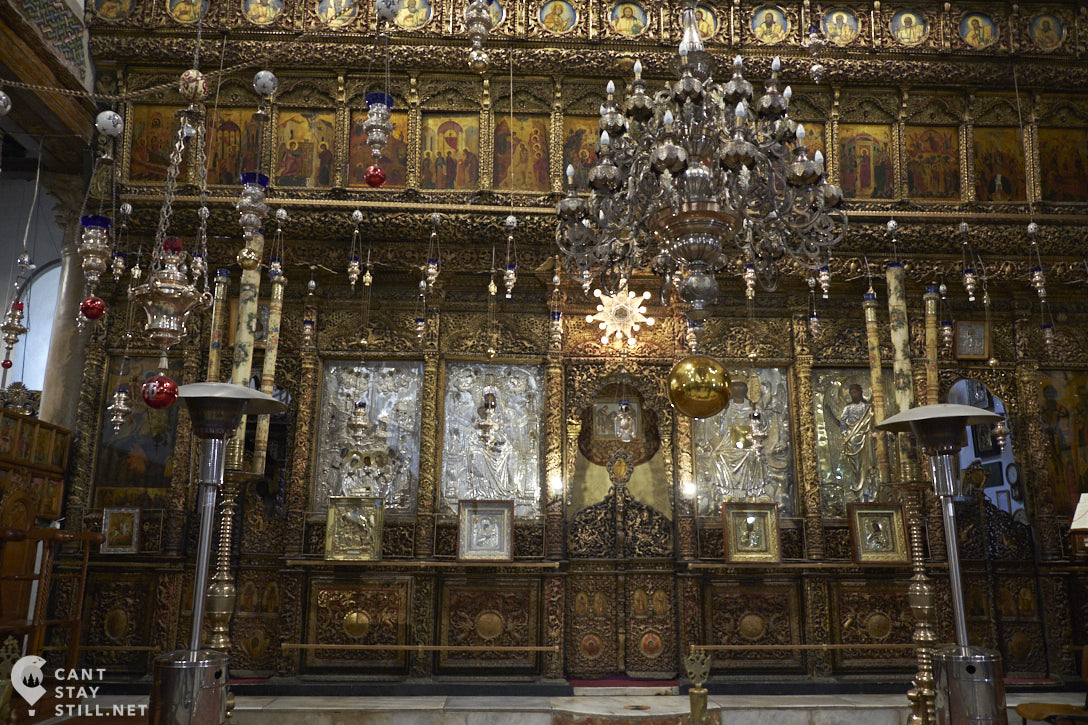
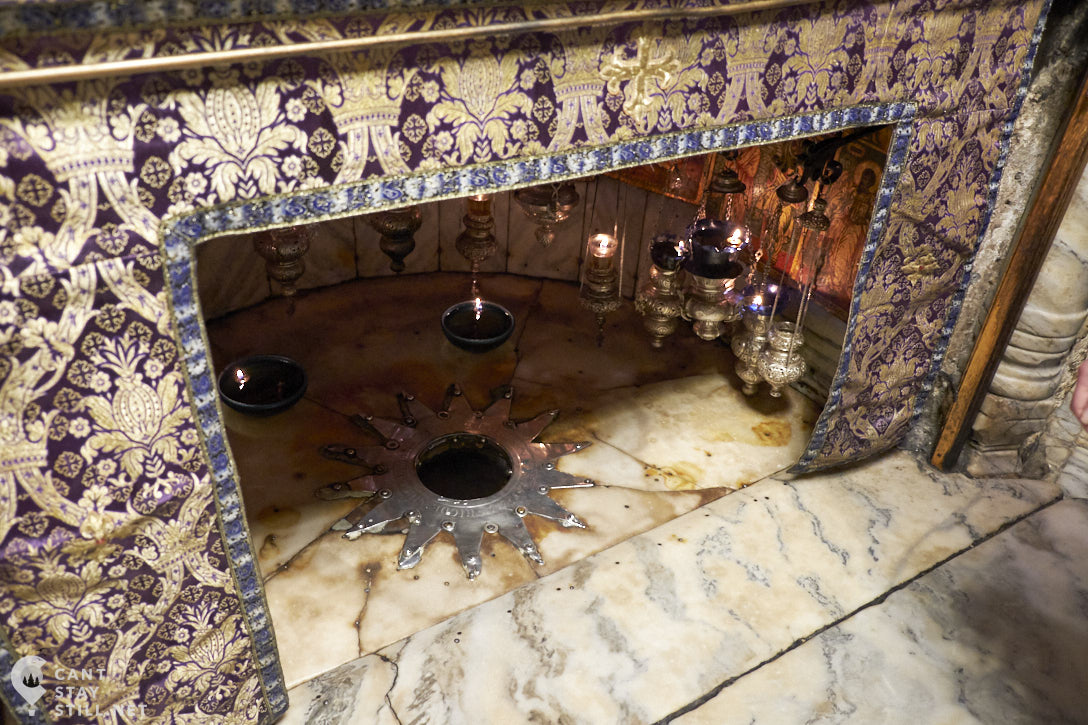
Jerusalem
I’m not sure if any other place on Earth has so many paramount landmarks for multiple religions. Which makes it understandable that it stands at the core of the disagreement between Israel and Palestine. Understandable, but not justifiable.
Within one day you can walk from the Gethsemane Garden, through the Via Dolorosa to the Church of the Holy Sepulchre, then to the Wailing Wall and Temple Mount to see The Dome of the Rock and Al-Aqsa Mosque.
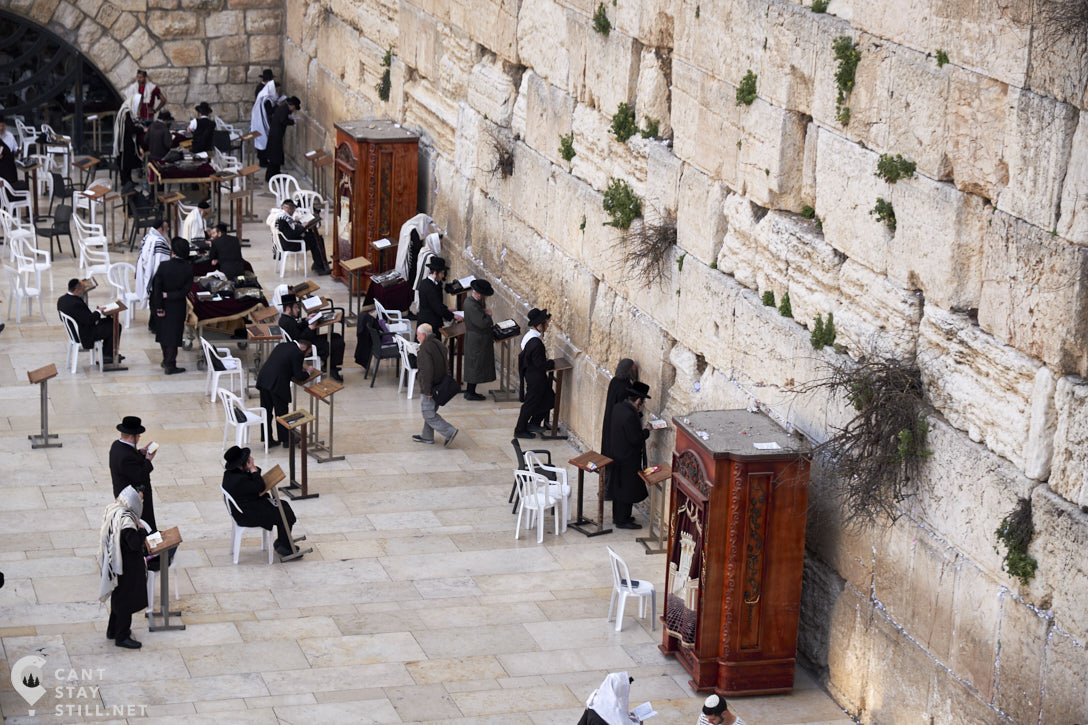
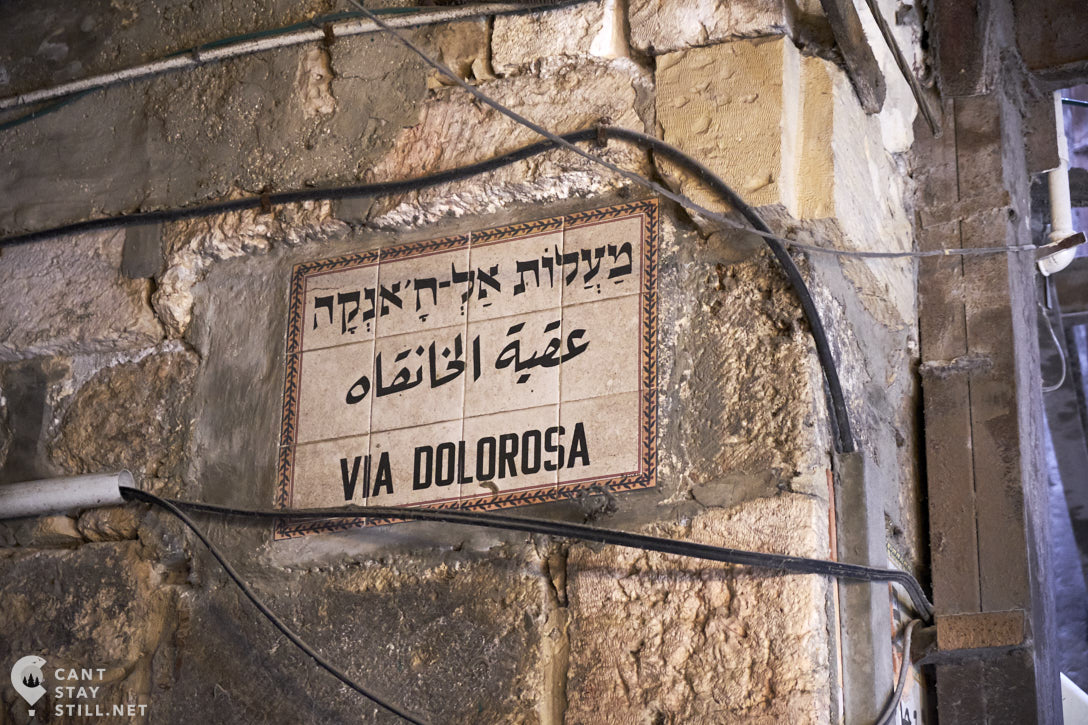
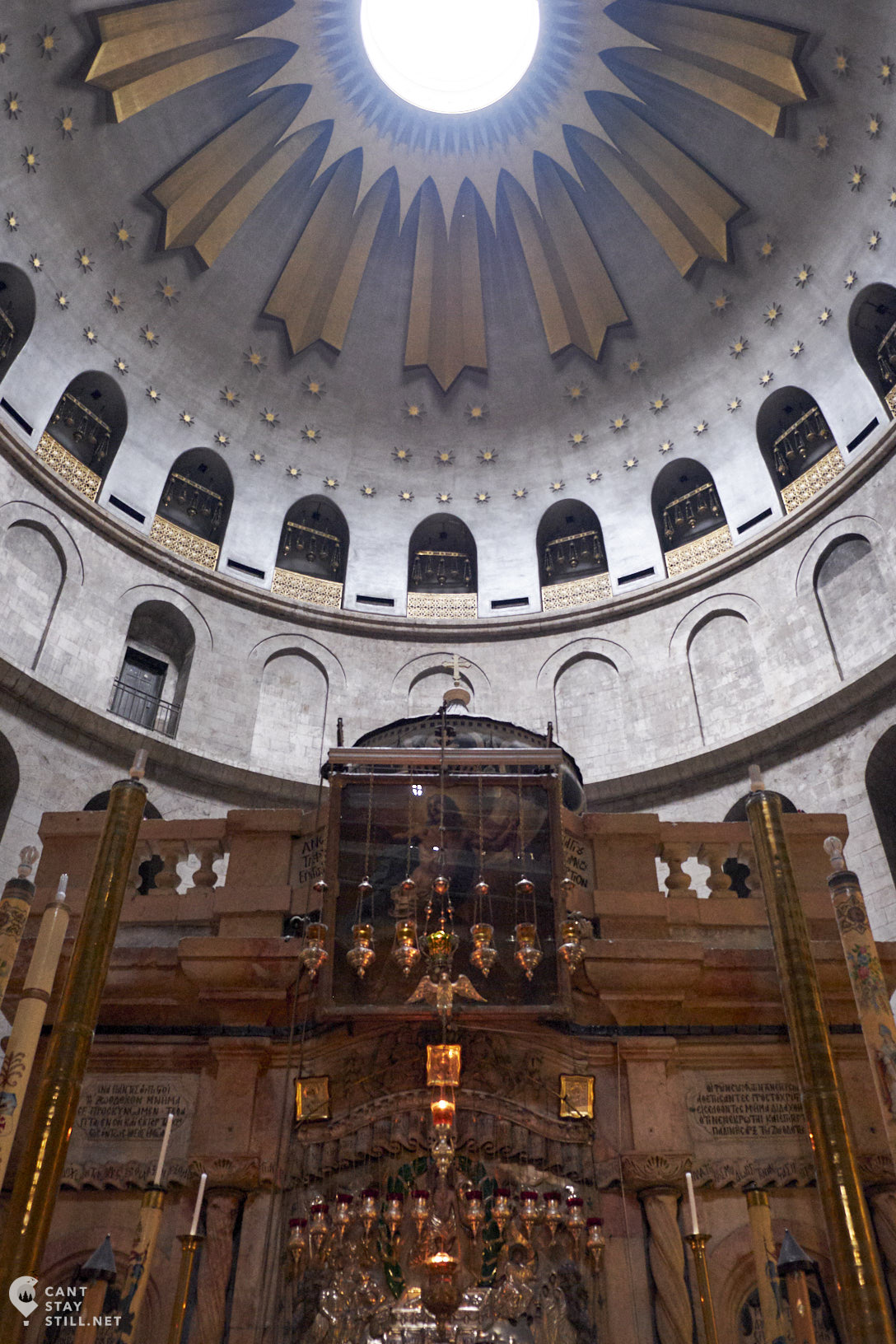
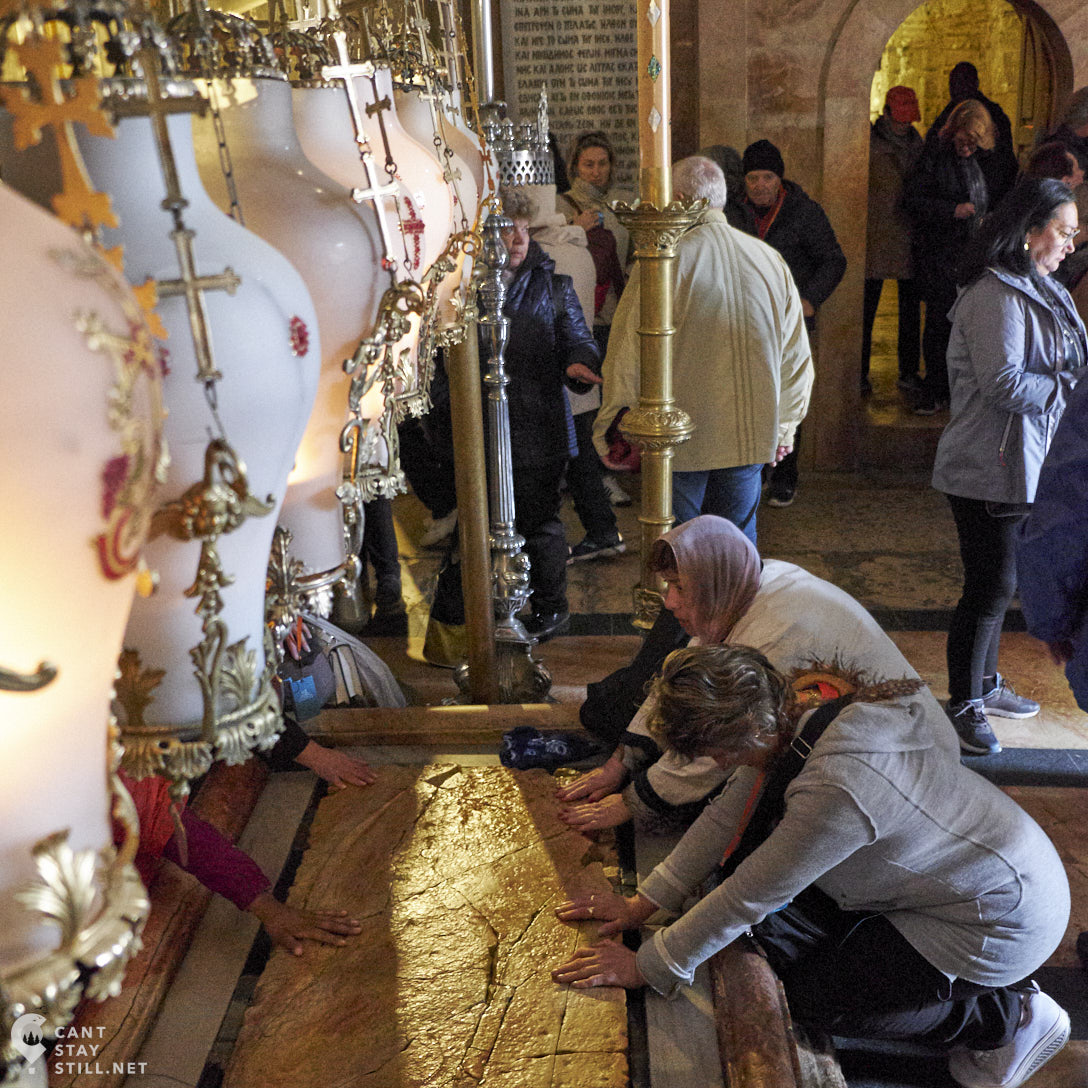
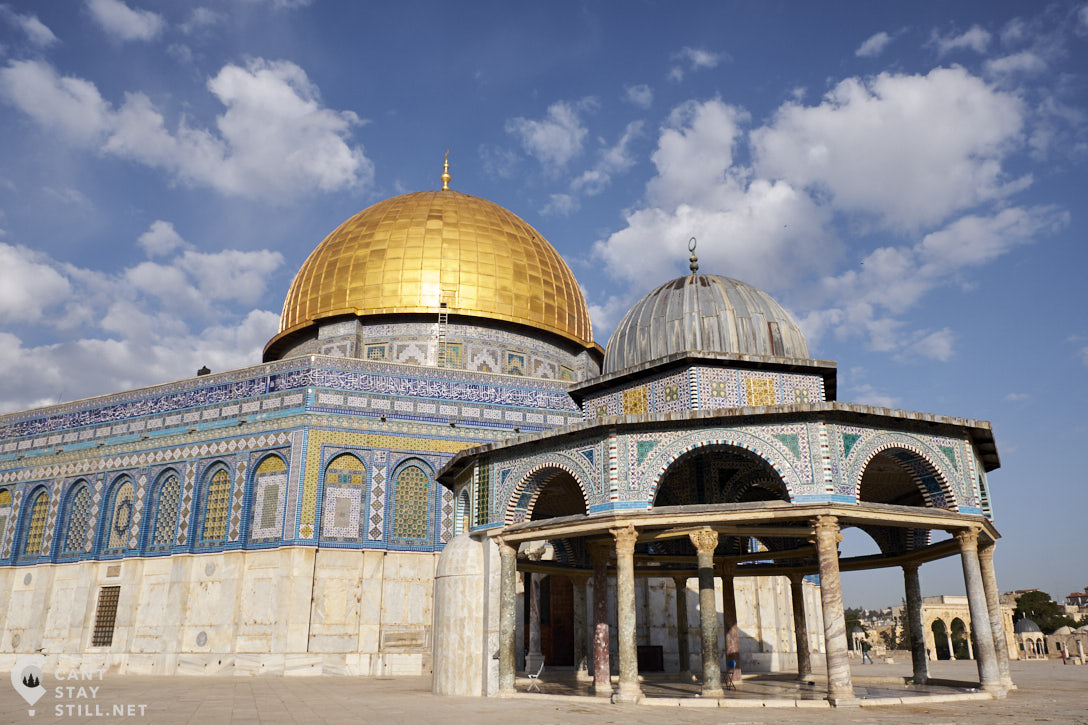
The (smaller) Dome of The Chain in the foreground is the place where Muslims believe the final judgment will happen when Judgement Day comes.
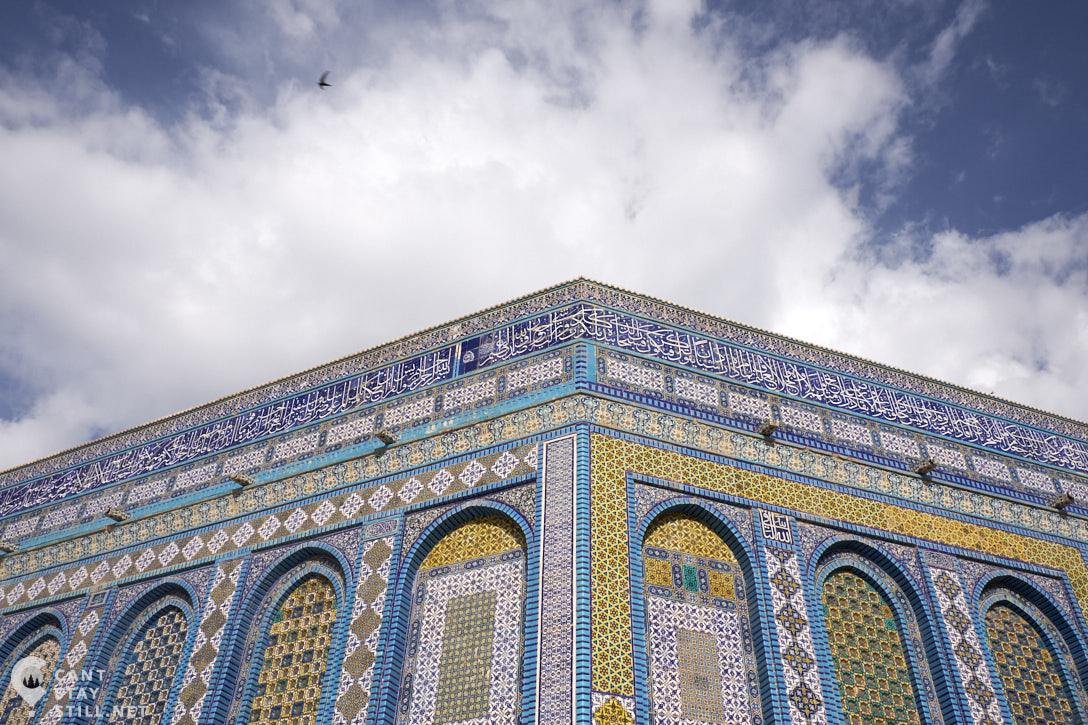
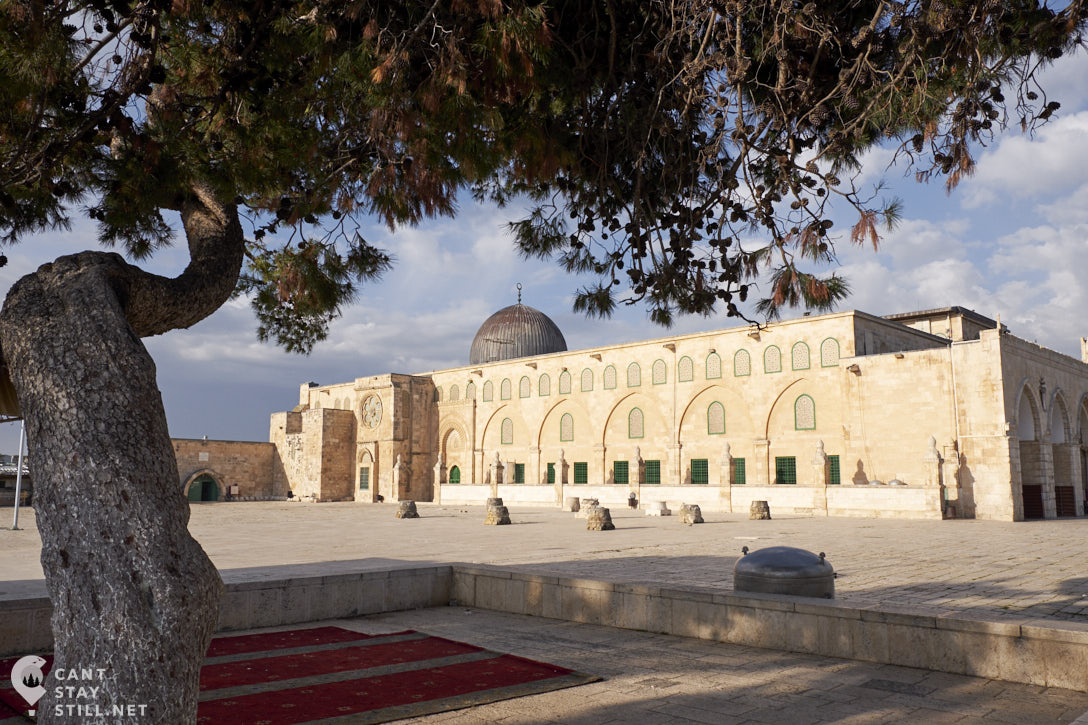
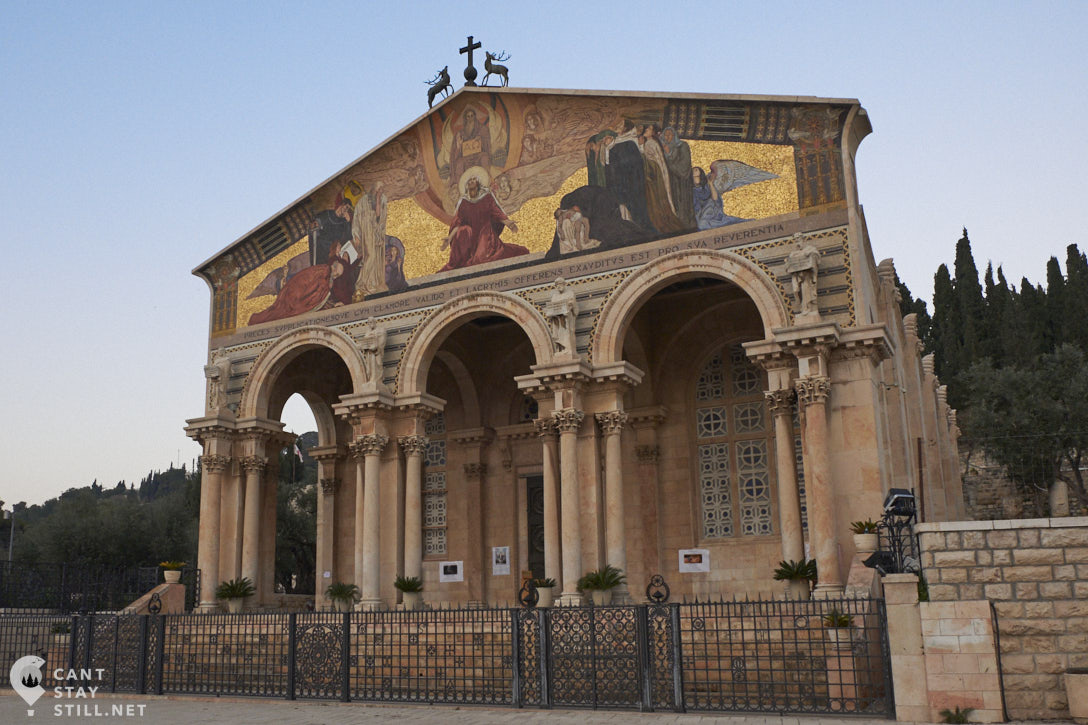
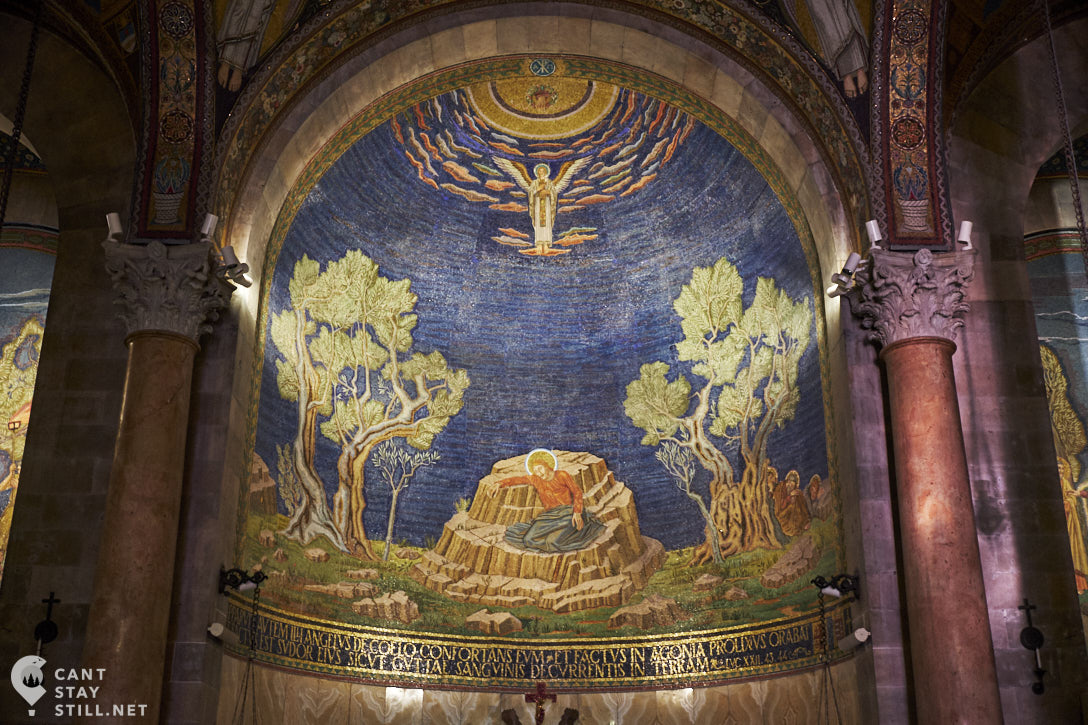
Visiting the religious sites in Palestine is a humbling experience independently of one’s religious views. Walking the same land where Prophets walked hundreds and thousands of years ago puts things into a new perspective and invites one to revisit their beliefs. Hopefully, it will also plant some curiosity and new understanding of how these religions evolved, shaped history, and left an imprint on the way that more than half of the world’s population lives their lives.
